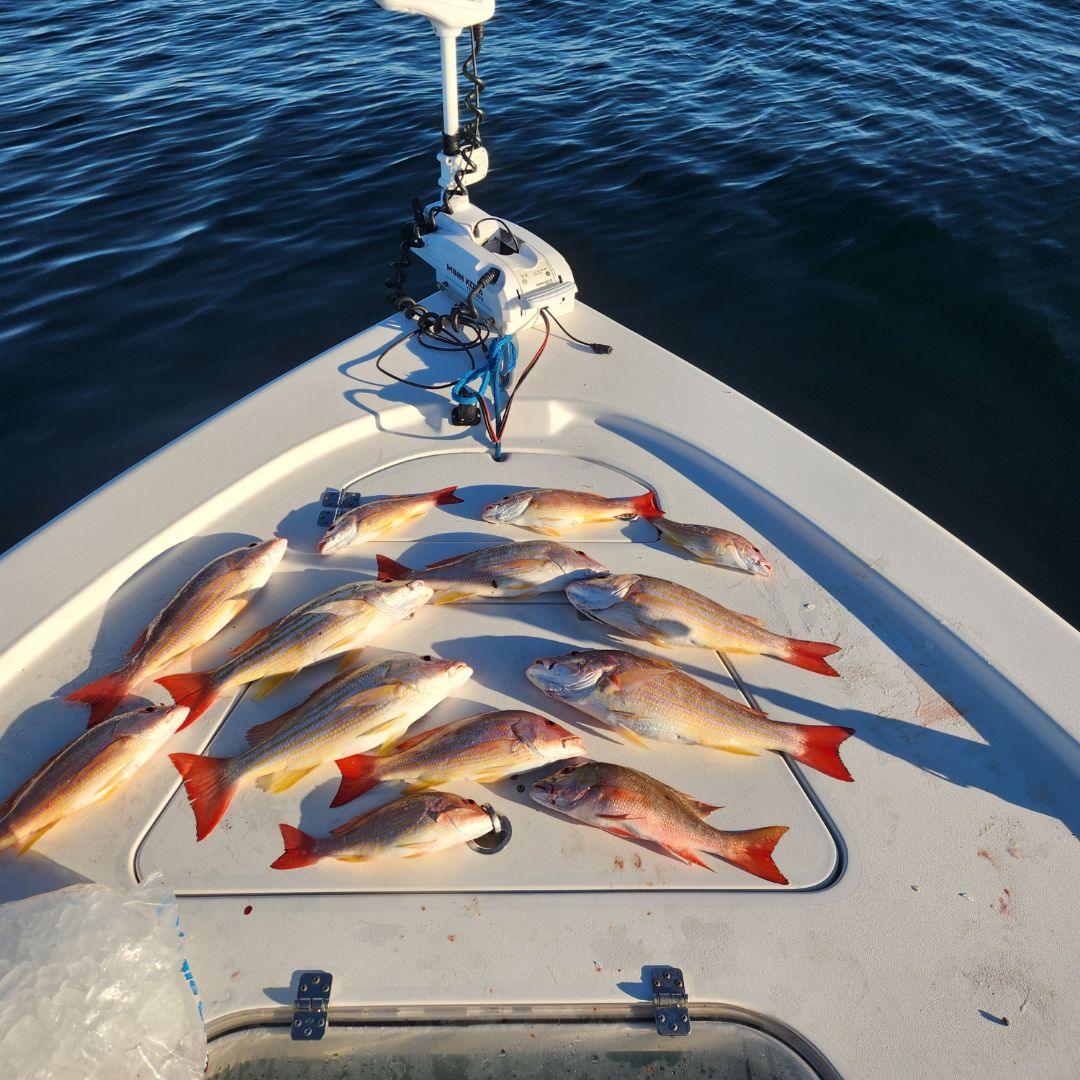
Slow Pitch Jigging Made Simple: Tips for Better Hookups
Share
If you've ever felt frustrated watching other anglers hook fish while your line stays quiet, it might be time to rethink your technique. Enter slow pitch jigging—an innovative yet simple method that can take your hookup game to a whole new level.
Developed in Japan and now making waves across the globe, slow pitch jigging is less about strength and more about rhythm, control, and finesse. And the best part? You don’t need to be a pro to master it.
🧰 What Is Slow Pitch Jigging?
Slow pitch jigging involves using specially designed jigs and a calculated rod rhythm to mimic an injured baitfish fluttering through the water. The beauty of this technique lies in the “fall”—a natural, unpredictable drop that fish find irresistible.
Unlike traditional speed jigging where you yank your rod aggressively, slow pitch jigging is more of a dance. You gently lift and drop your rod, letting the jig do the work. It’s relaxing, effective, and best of all, deadly on everything from snapper to amberjack.
🖼️ Image Idea: Side-by-side comparison of slow pitch vs. speed jigging technique with labeled arrows.
🛠️ Essential Gear Checklist
- Rod Use a slow pitch-specific rod (usually 6–7ft) with a soft, parabolic bend. It helps in working the jig naturally without tiring you out.
- Reel Opt for a high-torque, narrow-bodied conventional reel. Brands like Shimano, Daiwa, and Accurate make excellent slow pitch reels.
- Line Mainline: Braided PE 1.5–2.5 (~20–30 lb test) Leader: 30–60 lb fluorocarbon depending on your target species
- Jigs Center-weighted jigs between 40g to 250, depending on depth and current. Choose colors based on clarity and sunlight.
🖼️ Image Idea: Lay out your setup flat on a dock or table—label each part for a visual gear guide.
🐟 Jigging Technique Breakdown
- Step 1: Drop the jig straight down
- Step 2: Crank the reel once or twice while lifting the rod tip gently
- Step 3: Let the jig fall on a slack line
- Step 4: Repeat!
💡 Pro Tip: Most fish strike during the fall. Keep an eye on your line for any unnatural stops.
💥 Tips for Better Hookups
-
Perfect Your Fall Time
The slower and more unpredictable the fall, the better. Avoid tight lines—give the jig room to flutter. -
Stay Vertical
If your jig is drifting sideways, it won’t move correctly. Use a drift sock or trolling motor to stay on top of your jig. -
Watch for Subtle Bites
Slow pitch strikes can feel like your line just “stopped falling.” Keep your senses sharp and be ready to set the hook with a quick reel turn. -
Sharp Hooks are a Must
Dull hooks won’t penetrate on a soft bite. Sharpen regularly and check after every hookup or snag. -
Change Up the Rhythm
Sometimes one crank per lift works. Other times, fish prefer a twitchy or double-crank motion. Don’t be afraid to experiment! -
Know Your Depth
Remain in contact with your jig. Let it fall through the water column and hit bottom or structure. Know where you are in the column:-
Check your reel's Inches Per Turn (IPT)
-
Manually mark line at rod tip, crank once, and measure
-
Use sonar plotter or bottom reader to track jig position
-
-
Use Trusted, Field-Tested Assist Hooks
Invest in quality. Cheap hooks may fail when you hook the fish of a lifetime. -
Quality barrel swivel Matter
Don't overlook this critical part. Low-quality rings can cost you a solid catch.
🔮 Mistakes to Avoid
❌ Jerking the rod too hard (this is not speed jigging!)
❌ Fishing without monitoring drift
❌ Ignoring gear balance (rod, reel, and jig must work as a system)
❌ Using the wrong jig shape or weight for the current
❌ High sticking during a fight—you’ll lose contact and control
🌊 Best Conditions for Slow Pitch Jigging
- Calm to moderate seas
- Tidal changes (morning or evening)
- Drift speed under 2 knots
- Water depth of 20 ft to 500 ft (99 Fathoms focuses on 50 ft to 250 ft)
This method shines when the water column is active with baitfish but the predators are lazy.
🤍 Species You Can Target
- Snapper
- Grouper
- Amberjack
- Yellowtail
- Tuna
- Trevally
- Every reef species like coral trout
📄 Final Thoughts
Slow pitch jigging isn’t just a fishing technique—it’s an experience. It teaches patience, precision, and respect for the underwater environment. When done right, it delivers explosive results with less effort and more satisfaction.
So, next time you're loading up your tackle box, consider adding a few slow pitch jigs and giving this method a real shot. You might just find your new favorite way to fish.
